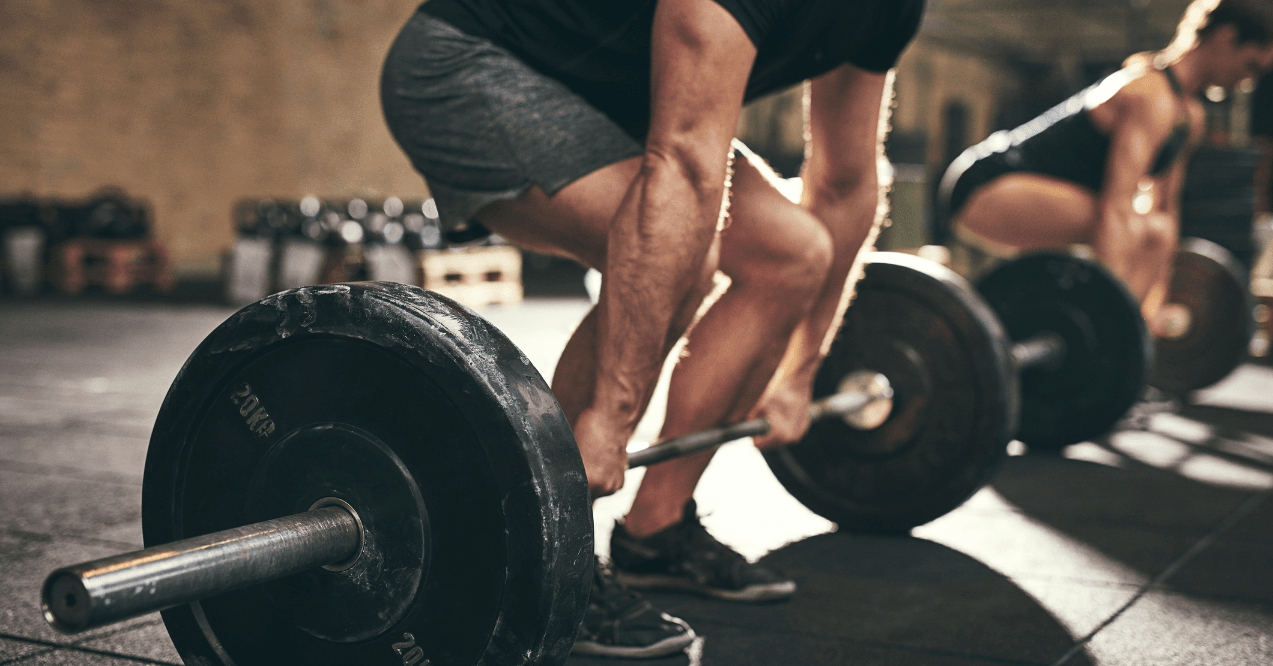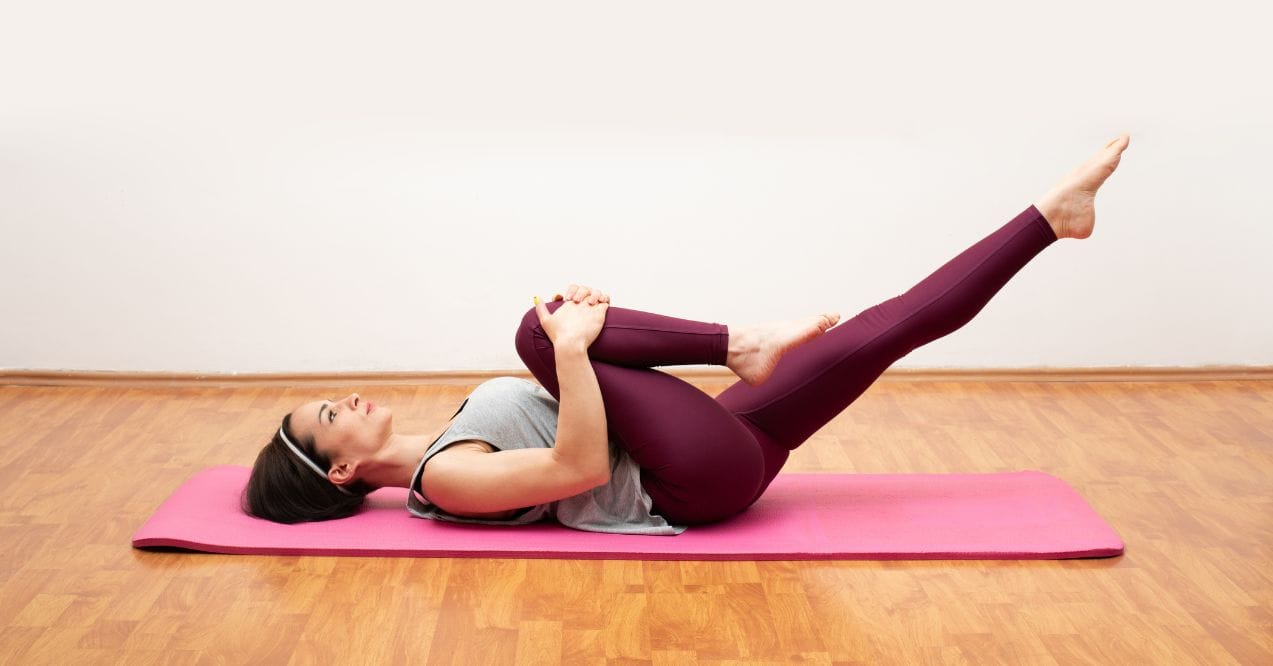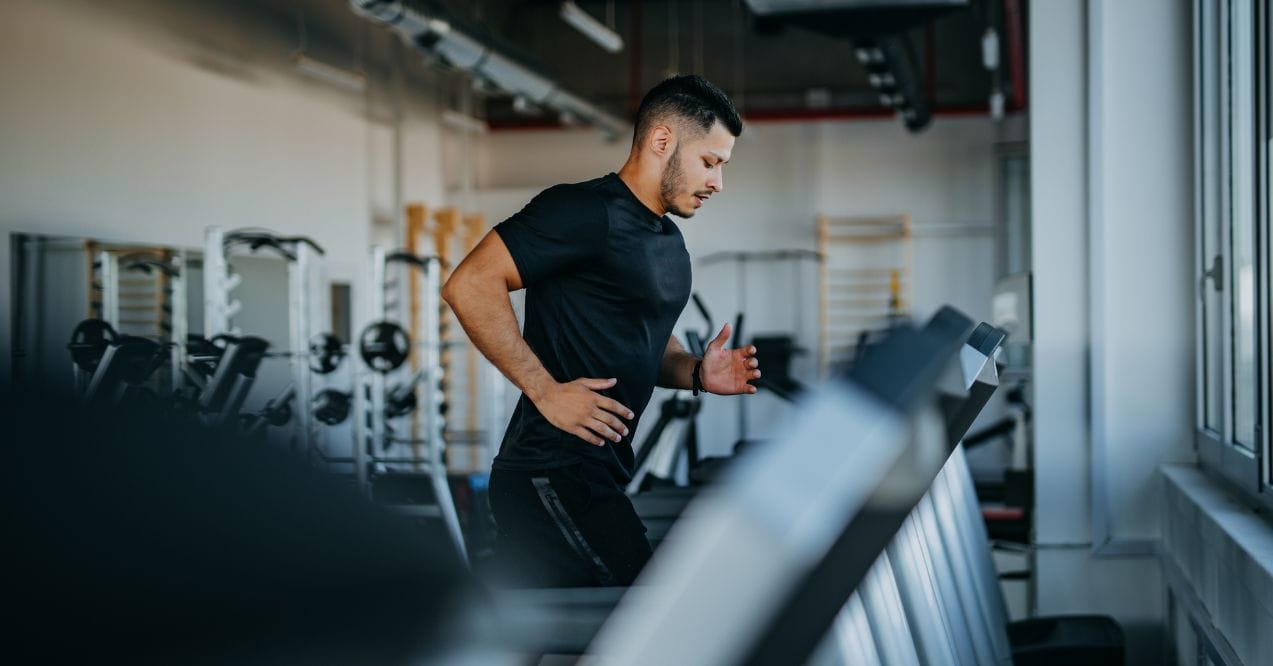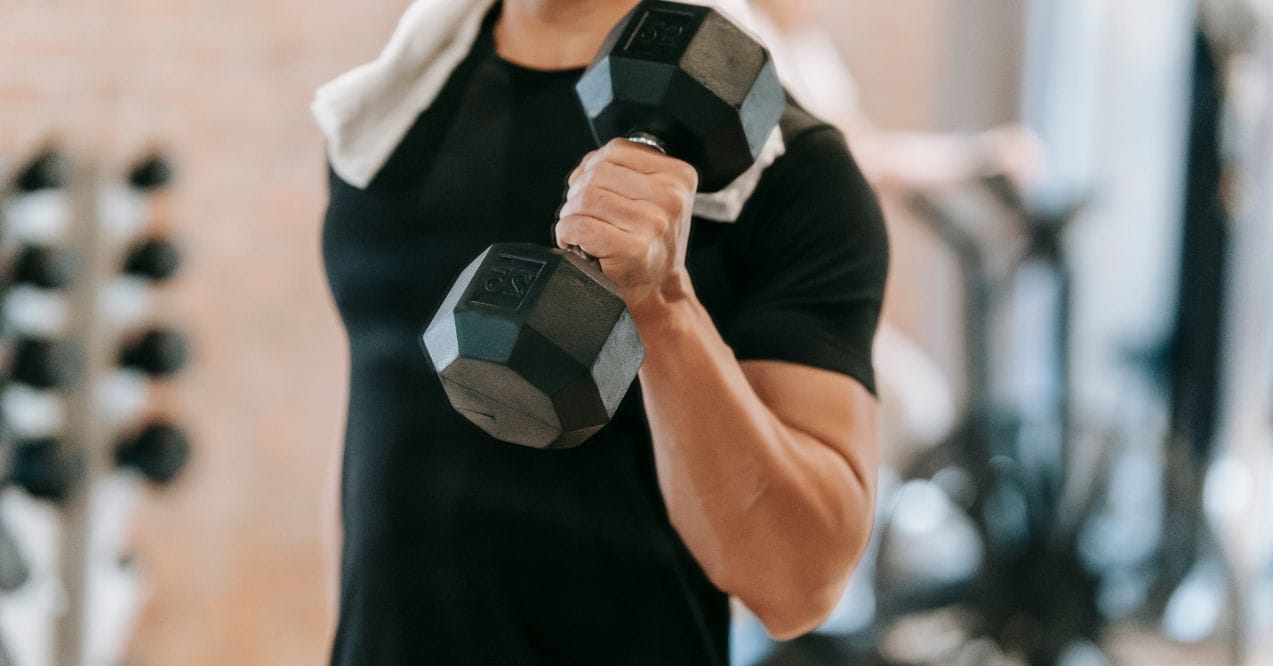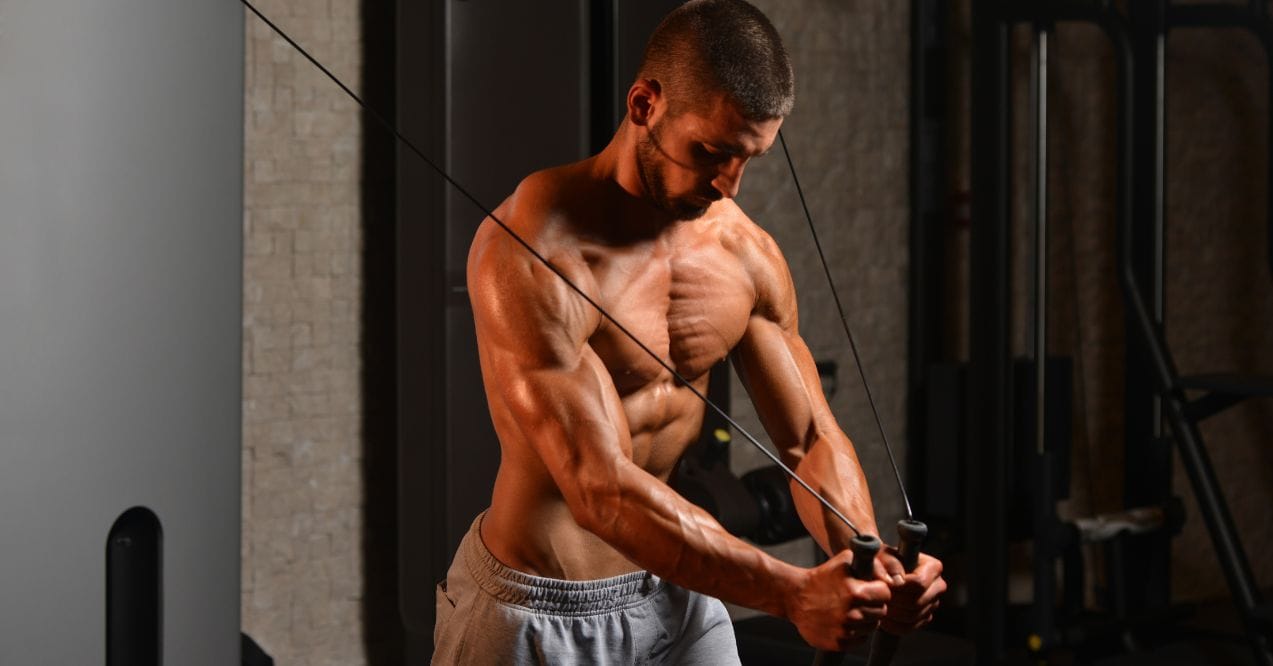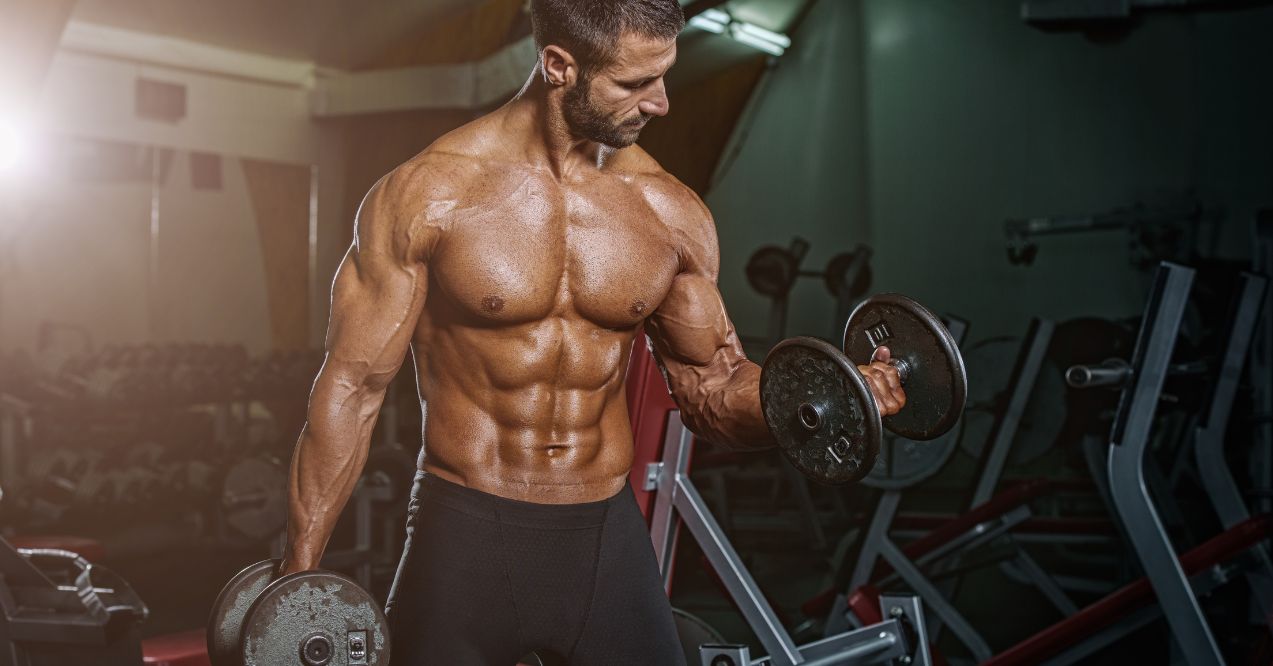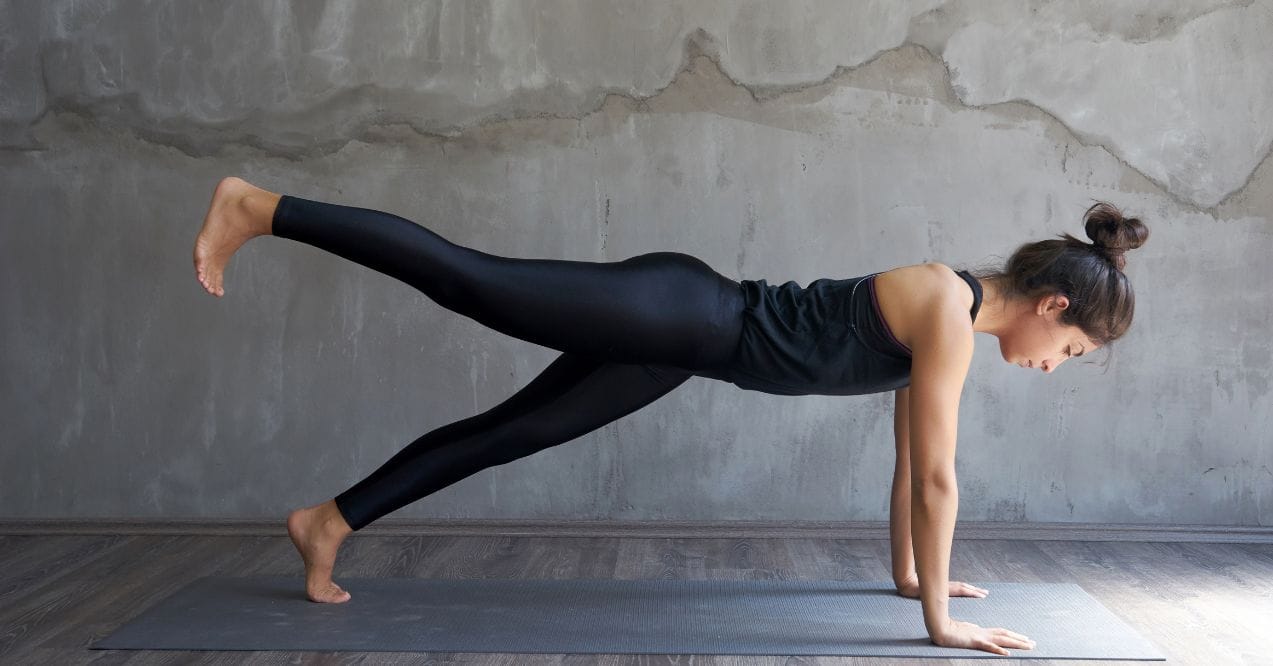Transform Your Legs with These Top Leg Workouts with Dumbbells
Strong, powerful legs are the foundation of both everyday movement and athletic performance. Whether you’re climbing stairs or sprinting across a field, your lower body carries you through life’s demands. Yet many fitness enthusiasts overlook leg training or limit themselves to machines at the gym. The truth? You don’t need fancy equipment to build impressive lower body strength.
Leg workouts with dumbbells offer a versatile, effective approach to training that can be done almost anywhere. With just a pair of weights, you can target every muscle in your legs – from your glutes to your calves – while improving balance, coordination, and functional strength. Ready to transform your lower body with minimal equipment? Let’s explore how these simple tools can produce remarkable results.

Why Train Legs with Dumbbells?
When it comes to building lower body strength, many fitness enthusiasts gravitate toward heavy barbells or elaborate gym machines. However, incorporating dumbbell leg exercises into your routine offers unique advantages that these traditional approaches might miss.
Here’s why dumbbells deserve a place in your leg training routine:
- Enhanced Range of Motion – Dumbbells enable greater freedom of movement compared to barbells, allowing for deeper squats, lunges, and deadlifts that engage more muscle fibers throughout each exercise.
- Improved Balance and Stability – Unlike machines that guide your movement along a fixed path, dumbbells require your body to stabilize itself, activating numerous supporting muscles that might otherwise remain dormant.
- Effective Unilateral Training – Working one side of the body at a time with exercises like Bulgarian split squats addresses strength imbalances between your left and right sides, potentially reducing injury risk.
- Remarkable Versatility – With just two weights, you can perform dozens of effective dumbbell leg exercises targeting every muscle in your lower body, making them ideal for home workouts with limited space and equipment.
- Manageable Progression – Dumbbells allow for smaller weight increments compared to barbells, helping you advance at a comfortable pace without overwhelming jumps in resistance.
- Accessibility for All Levels – Beginners can start with lighter weights to master proper form, while advanced lifters can challenge themselves with heavier dumbbells and more complex movement patterns.
How to Hold Dumbbells for Leg Exercises
Proper dumbbell positioning is crucial for maximizing the effectiveness of your leg workouts while minimizing strain that could contribute to knee and ankle pain. The way you hold your weights can significantly impact which muscles receive the greatest stimulus and how comfortable you feel throughout the movement.
For exercises like squats and lunges, you have several effective options:
- At Your Sides – Holding dumbbells with arms extended alongside your body creates a natural, balanced position that works well for beginners and allows you to focus on leg form without upper body distraction.
- Rack Position – Holding weights at shoulder level with elbows bent (like the top of a bicep curl) increases core engagement and shifts more emphasis to your quads during squats.
- Goblet Hold – Grasping one dumbbell vertically against your chest with both hands encourages proper posture and depth in squats while reducing lower back strain.
- Overhead Position – Advanced lifters can hold lighter dumbbells overhead during squats to dramatically increase core demands and improve shoulder stability.
For hinge movements like deadlifts, keep the weights close to your body throughout the movement. This proximity reduces stress on your lower back and helps maintain proper alignment, particularly important if you’re working around knee and ankle pain.
Leg workouts with dumbbells
The versatility of leg workouts with dumbbells allows you to target different fitness goals from strength and muscle building to endurance and power. By adjusting variables like weight, repetitions, and tempo, you can customize these workouts to match your specific objectives while training in virtually any environment.
Dumbbell Leg Workout for Strength
When muscle strength is your goal, focus on heavier weights with lower repetitions. While gym machines like the hack squat vs leg press offer stability for maximum loads, dumbbell alternatives provide comparable strength gains with added functional benefits.
| Exercise | Sets | Reps | Tips |
| Heavy Goblet Squats | 4 | 5-6 | Hold a heavy dumbbell at chest level, feet shoulder-width apart. Descend until thighs are parallel to the floor, maintaining an upright torso. |
| Bulgarian Split Squats | 3 | 6-8 | With the rear foot elevated on a bench, hold dumbbells at sides. Lower until the front thigh is parallel to the floor, focusing on control. |
| Sumo Deadlifts | 4 | 5-6 | Using heavy dumbbells, adopt a wide stance with toes pointed outward. Hinge at hips to lower weights between legs, then drive through heels to stand. |
Dumbbell Leg Workout for Muscle Growth (Hypertrophy)
Muscle growth thrives on moderate weights with controlled tempos. A time under tension workout keeps muscles working longer, creating microscopic damage that stimulates growth during recovery.
| Exercise | Sets | Reps | Tips |
| Walking Lunges | 3 | 10-12 per leg | Hold dumbbells at sides while taking alternating steps forward, lowering back knee toward floor with each rep. Focus on the 2-second lowering phase. |
| Tempo Goblet Squats | 3 | 10-12 | Using 3-second descent and 1-second pause at bottom before rising, maximizing muscle fiber recruitment. |
| Romanian Deadlifts | 3 | 10-12 | With slight knee bend, hinge forward while keeping back flat. Lower weights along shins until feeling hamstring stretch, then return to standing. |
Dumbbell Leg Workout for Fat Loss & Endurance
A high-repetition leg dumbbell workout with minimal rest periods elevates heart rate, increasing calorie burn while improving muscular endurance.
| Exercise | Sets | Reps | Tips |
| Dumbbell Thruster | 3 | 15-20 | Combine squat and overhead press in one fluid motion, moving quickly but maintaining control. |
| Alternating Reverse Lunges | 3 | 12-15 | Step backward into lunge position, alternating legs with minimal rest between reps. |
| Circuit Training | 3 rounds | 30 sec each | Perform squats, step-ups, lateral lunges, calf raises without rest between exercises |
Dumbbell Plyometric Leg Workout for Power
A lower body dumbbell workout incorporating explosive movements develops fast-twitch muscle fibers essential for athletic performance.
| Exercise | Sets | Reps | Tips |
| Dumbbell Jump Squats | 4 | 8-10 | Using light dumbbells, perform a partial squat, then explode upward into a jump. Land softly with bent knees. |
| Weighted Box Step-Ups with Explosive Drive | 3 | 8 per legs | Step onto an elevated surface with one leg, then drive upward explosively, bringing the opposite knee toward the chest. |
| Split Jumps | 3 | 10 | From split squat position with light dumbbells, jump and switch legs mid-air, landing in the opposite stance. |
To maximize your results from these challenging workouts, consider supporting your recovery with Bone Broth Protein. With 20 grams of clean protein per serving and a delicious chocolate flavor, it delivers the collagen, glycine, and amino acids your muscles need after intense training. This premium formula supports joint comfort and promotes faster recovery – particularly beneficial after heavy leg days when your lower body needs extra care.
Pairing protein with Trumeta Creatine creates a powerful combination. Its 5 grams of pure Creapure® creatine per serving helps boost strength and endurance during high-intensity sets like jump squats and heavy Bulgarian split squats. Together, these supplements provide comprehensive support for both your training intensity and recovery needs, helping you get more from every leg workout.
The Key to Effective Dumbbell Leg Workouts
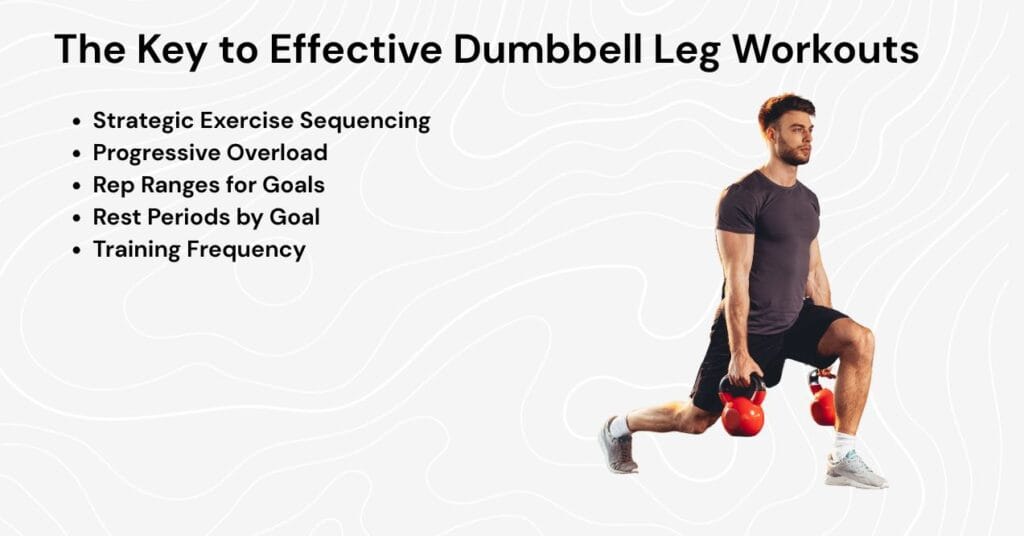
Creating successful workouts using dumbbells only requires thoughtful planning rather than random exercise selection. The foundation of any effective leg program combines strategic exercise sequencing, appropriate volume, and consistent progression.
Start each workout with compound movements that engage multiple muscle groups simultaneously. Exercises like goblet squats or dumbbell deadlifts should come first when your energy levels are highest, allowing you to handle heavier weights safely and effectively. Follow these with isolation exercises that target specific muscles to complete the session.
For optimal results, structure your training around progressive overload – gradually increasing workout difficulty over time. This doesn’t always mean lifting heavier weights; you can also add reps, sets, decrease rest periods, or slow down movement tempo to create progressive challenges.
Rep ranges should align with your specific goals:
- Strength – 4-6 reps with heavier dumbbells
- Muscle growth – 8-12 reps with moderate weights
- Endurance – 15-20 reps with lighter weights
Rest periods likewise vary by goal:
- Strength work – 2-3 minutes between sets
- Hypertrophy – 60-90 seconds
- Endurance/fat loss – 30-45 seconds
Training frequency matters too – aim to train legs 2-3 times weekly, allowing 48-72 hours for recovery between sessions. This balance optimizes growth without overtraining, ensuring your legs receive adequate stimulus while having time to repair and strengthen.
Common Mistakes in Dumbbell Leg Workouts
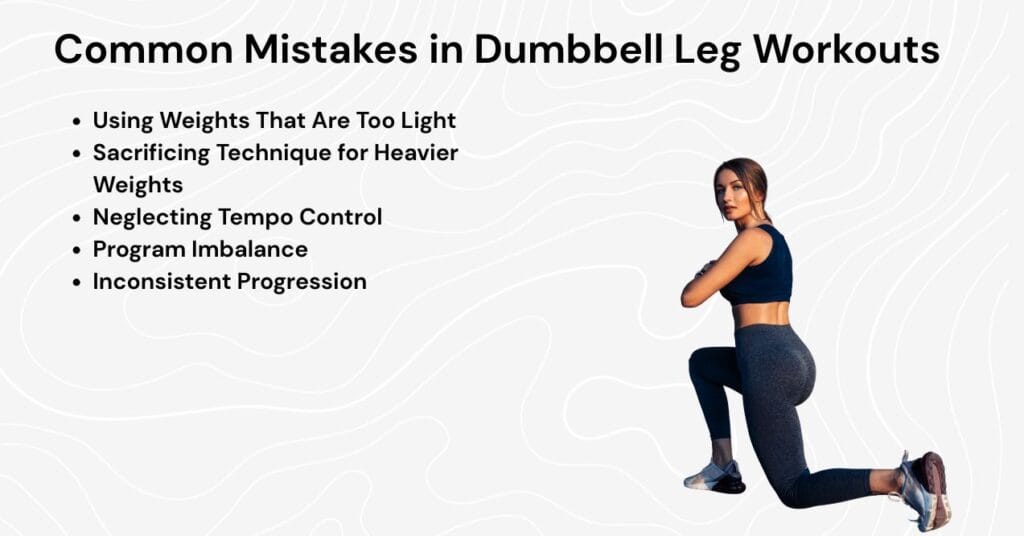
Even with the simplicity of leg workouts at home with dumbbells, many fitness enthusiasts make errors that limit their progress and potentially increase injury risk. Recognizing and correcting these common mistakes can dramatically improve your results.
- Using weights that are too light – Many people, especially beginners, choose dumbbells that don’t provide adequate resistance. Challenge yourself with weights that make the final 2-3 repetitions difficult while maintaining proper form.
- Sacrificing technique for heavier weights – Partial ranges of motion, excessive back arching, or knee caving significantly reduces muscle activation while increasing injury risk. Always prioritize form over weight.
- Neglecting tempo control – Rushing through repetitions or using momentum rather than muscle control diminishes the effectiveness of each movement. Control both the lowering and lifting phases of each exercise.
- Program imbalance – Overemphasizing quadriceps while neglecting hamstrings and glutes creates muscular imbalances that affect performance and posture. Ensure your routine includes exercises targeting all lower body muscle groups.
- Inconsistent progression – Many exercisers perform the same routine with identical weights for months. Track your workouts and incrementally increase difficulty to continue making gains.
Conclusion
Leg workouts with dumbbells offer a powerful and accessible approach to lower body training that delivers impressive results without requiring expensive equipment or gym memberships. By understanding proper technique, grip variations, and workout structure, you can effectively target every muscle in your legs while addressing specific fitness goals – whether building strength, growing muscle, enhancing endurance, or developing explosive power.
It’s important to note that consistency trumps perfection. Even when equipment is limited, dumbbells provide enough versatility to create challenging, progressive workouts that continue stimulating growth over time. Avoid common pitfalls by maintaining proper form, choosing appropriate weights, and ensuring balanced development across all muscle groups.
Yes, dumbbell leg workouts are excellent for weight loss. They engage large muscle groups, increasing calorie burn during and after exercise. Use higher reps, shorter rest periods, and circuit training formats to maximize fat loss while maintaining muscle.
Both tools effectively build strength. Barbells allow heavier loads for maximum strength development, while dumbbells improve balance, address muscle imbalances, and offer greater exercise variety. For optimal results, incorporate both into your training program when possible.
Prevent injuries by warming up thoroughly, starting with lighter weights to master proper form, maintaining core engagement throughout movements, progressing gradually, and giving muscles adequate recovery time between workouts. Never sacrifice technique for heavier weights.
Advertisement. This site offers health, wellness, fitness and nutritional information and is designed for educational purposes only. You should not rely on this information as a substitute for, nor does it replace, professional medical advice, diagnosis, or treatment. If you have any concerns or questions about your health, you should always consult with a physician or other health-care professional. Do not disregard, avoid or delay obtaining medical or health related advice from your health-care professional because of something you may have read on this site. The use of any information provided on this site is solely at your own risk.
